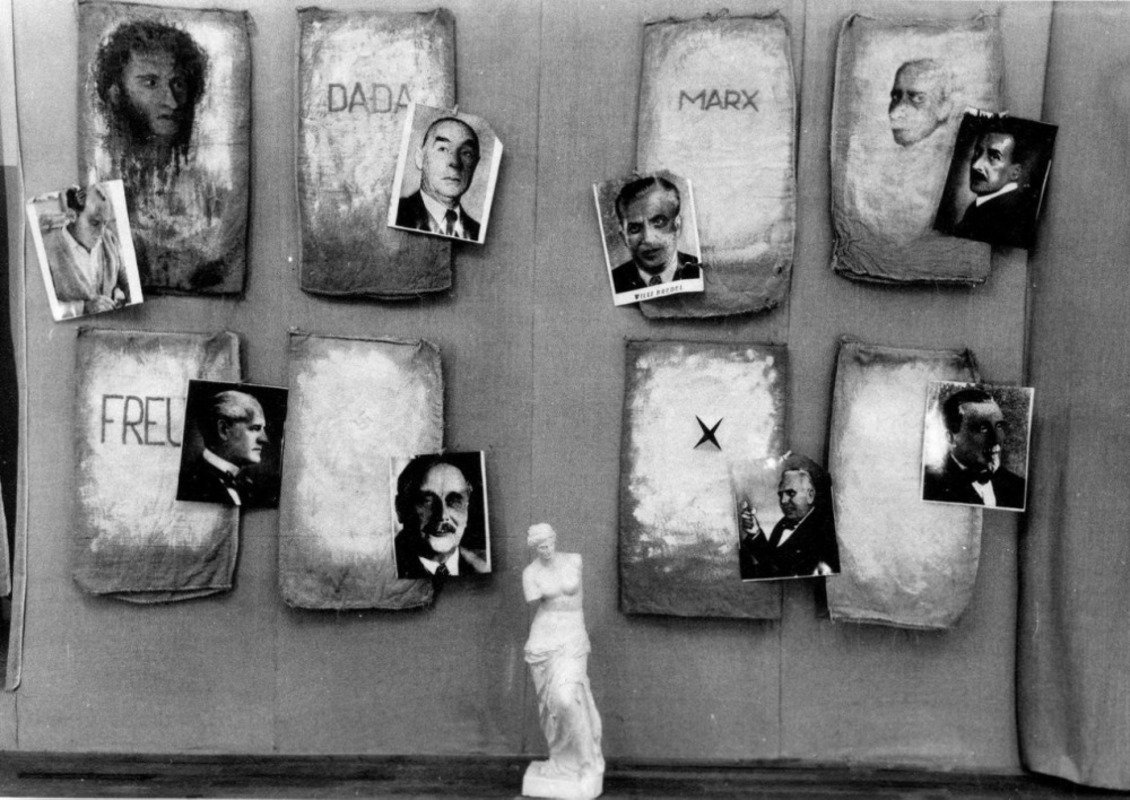Smolensk Archive: A Different Local History, Russia
Smolensk Archive: A Different Local History is an independent project to archive Smolensk’s contemporary art, incorporating a website and exhibition, publishing, and research initiatives reconstructing the history of Smolensk art. The project was founded in 2020 by Yana Dvoenko, curator of Dom Molodezhi Gallery. After the gallery closed as a result of the first wave of Covid, work on the archive continued thanks to curators, researchers, and artists.
The basis of the archive is materials (witness accounts, artworks, and documents) presented by participants in the city’s art scene and gathered during research in archives, libraries, and other open sources. The title of the project references writer Oleg Razumovsky’s cult newspaper column “Not That Page — A Different Local History,” which later became a series of articles in local publications that revealed many of the subcultural and creative forces in the city.
The first documents and witness accounts in the archive date to 1984. They are connected with concerts of the Smolensk School of New Improvised Music and the activities of the artist and musician Vlad Makarov. In the mid‑1980s, Makarov began inviting co‑thinkers from other cities to take part in joint performances. There are almost no photographs or press reports from this period. In 1988, the Rock Club appeared in Smolensk, under the aegis of which “exhibitions by independent artists” and “evenings of avant‑garde art” were organized in student clubs and houses of culture. Announcements and reports about these events published in the youth newspaper Smena form part of the archive and helped to establish the details of what went on at that time.
In the late 1980s and early 1990s there were several associations of independent artists and writers in the city who “adhered to various principles of contemporary art” and opposed their activities to that of official structures: the KEPNOS avant‑garde club, the Group of Independent Artists (GruNeKhu), the Association of Cursed Poets (APP), the Smolensk School of Apologists (SShA), the association SITO, and the art groups OKNO and Krestyanskie Deti. Artists, writers, and musicians worked together to organize group exhibitions and festivals and to attempt to refresh the local art scene. Many of the associations published samizdat, such as the avant‑garde club’s almanac KEPNOS‑I and the catalogue of the art group OKNO. Large festivals of contemporary art and important solo exhibitions for many artists took place in the Central Exhibition Hall and the Wing of the Art Gallery. The archive for that period has the largest variety of materials, from samizdat, posters, and booklets to numerous press cuttings and photo documentation.
For Smolensk, the 1990s ended with the heyday of club culture and, thanks to the appearance of the internet, artists’ interest in media art. The archive materials of that time include publications by artists and writers on blogging site Live Journal and the section “Alternative Art in Smolensk” on the site of the international online project Platforma, which later became the web gallery aGa. The archive also holds editions of the literary and philosophical journal Slovo, which appeared in 2007 and aims to support and develop non‑commercial art in Russia. The editors, Gleb Kolomiets and Inna Kirillova, not only published critical theory and work in the journal but also curated independent exhibition projects, including The First Exhibition of Asemic Writing in Russia, which took place in Smolensk in 2010.
The archive also includes booklets, photographs, and press cuttings related to 40 Kvadratov, the first independent gallery, which opened in the city in March 2009 thanks to artists Dmitry and Anna Zimin. For the two years it existed, the gallery organized 18 exhibitions of contemporary painting, drawing, and photography.

